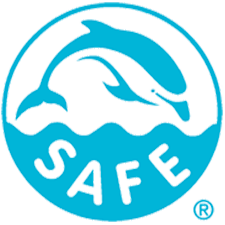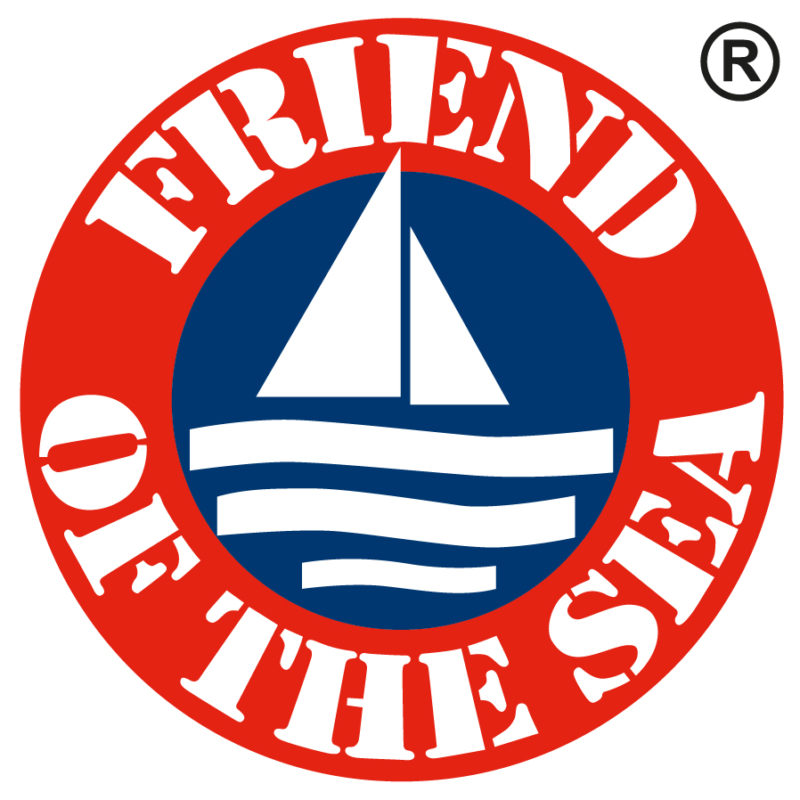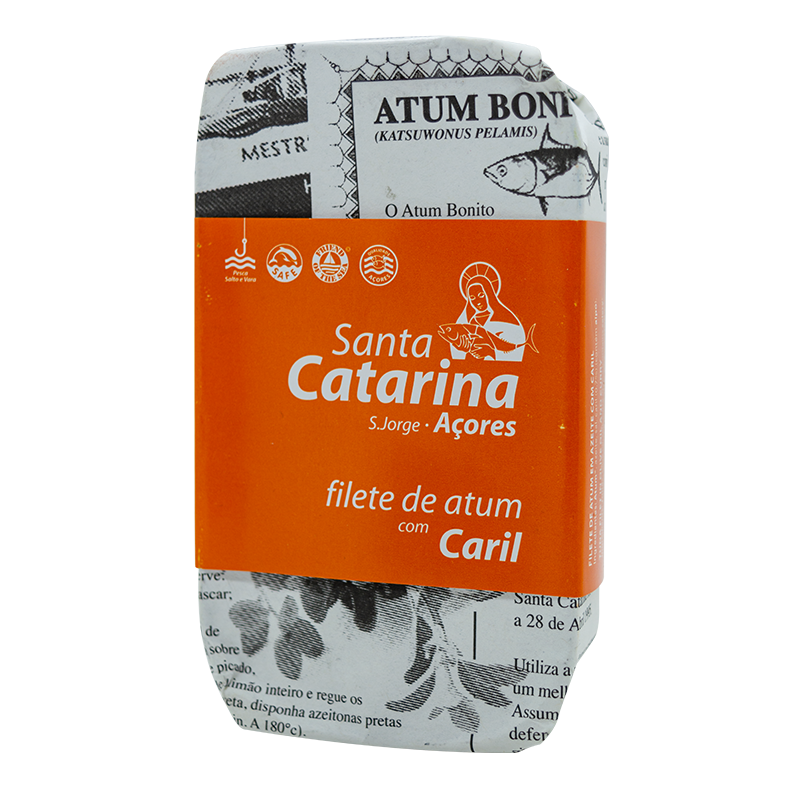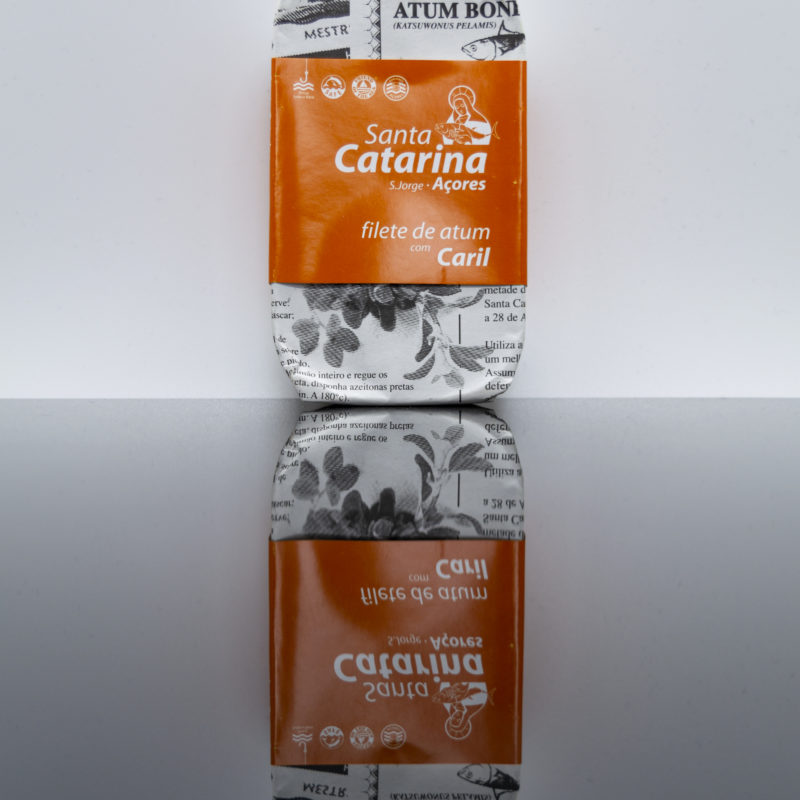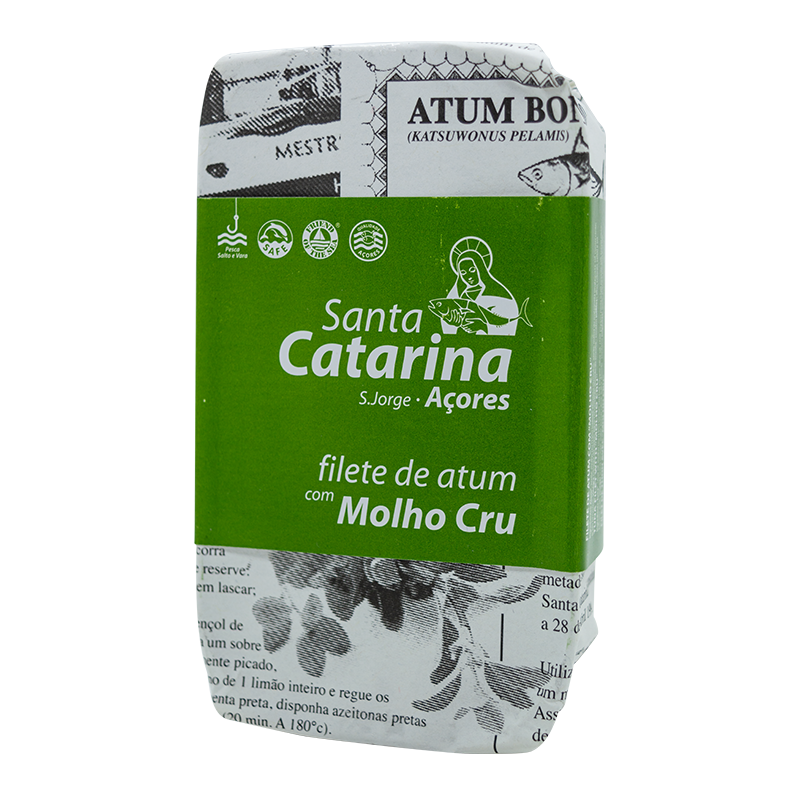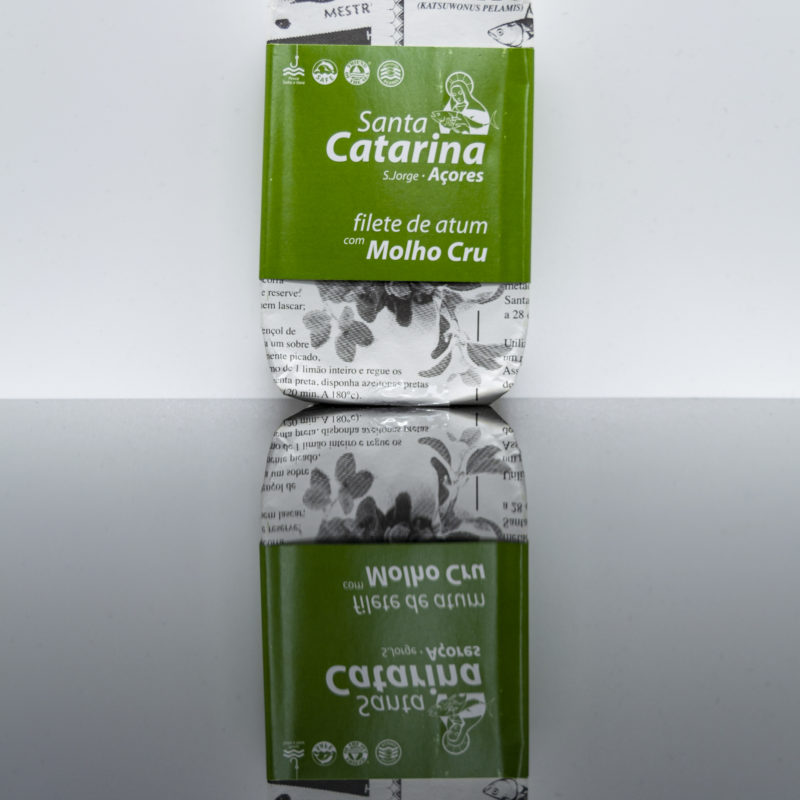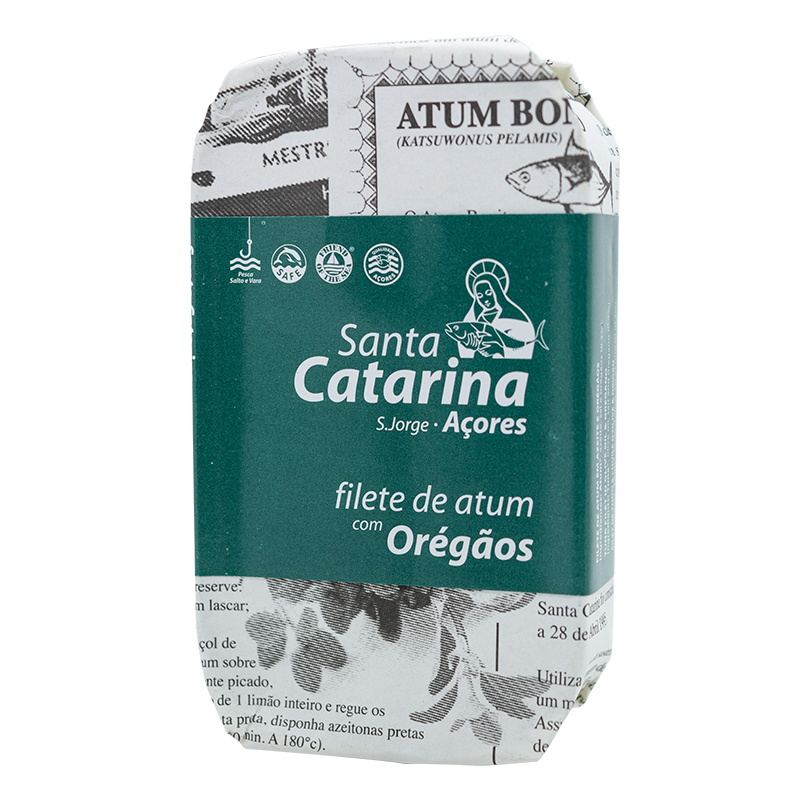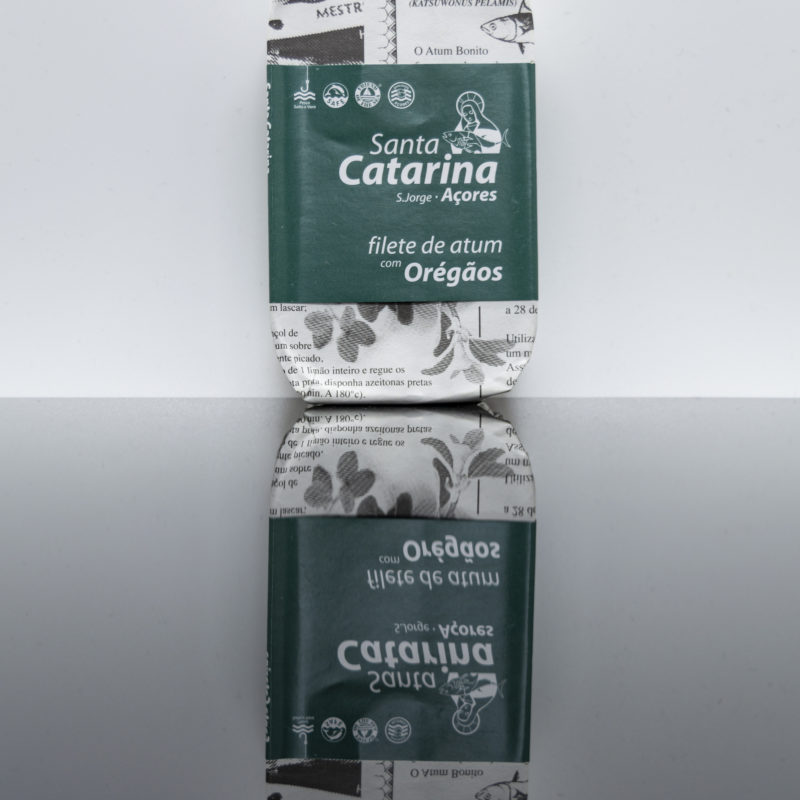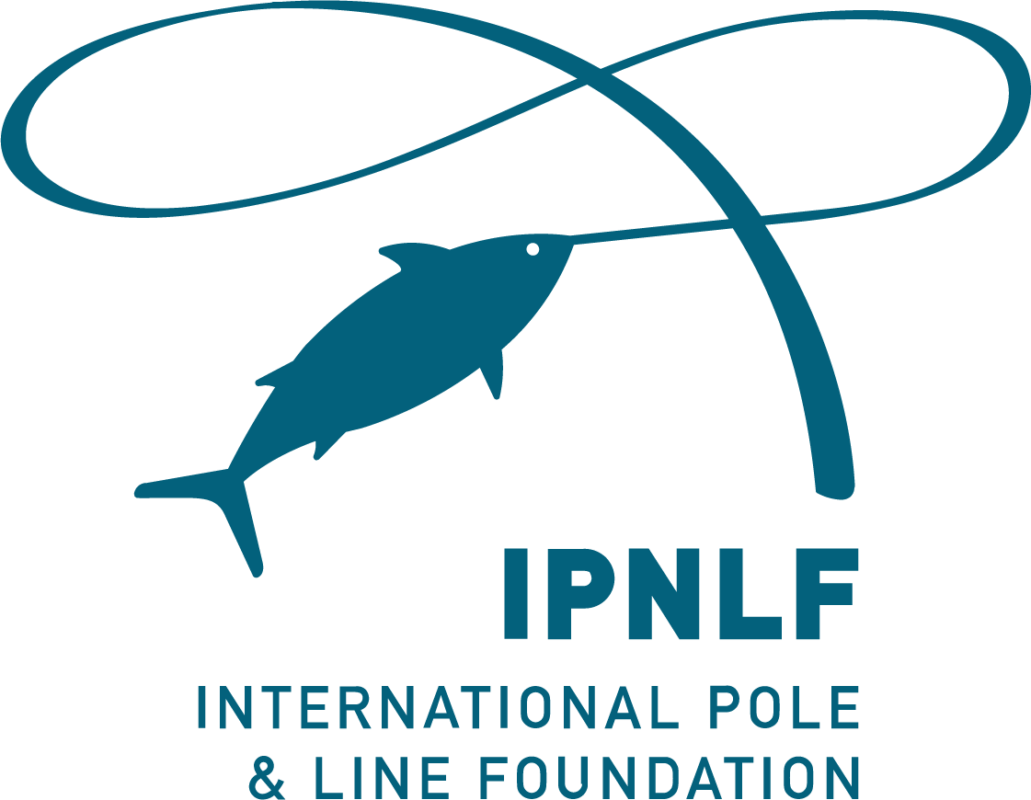
What is Pole & Line fishing?
One man – one rod – one hook – one fish. That’s the essence of Pole & Line fishing in a nutshell.
Pole & Line fishing is an artisanal method that requires a lot of experience, perseverance and attention from the entire crew of the boat.
The night before fishing, they use light to lure in small fishes, which they catch in a net. These small fish will be the bait for the fishing.
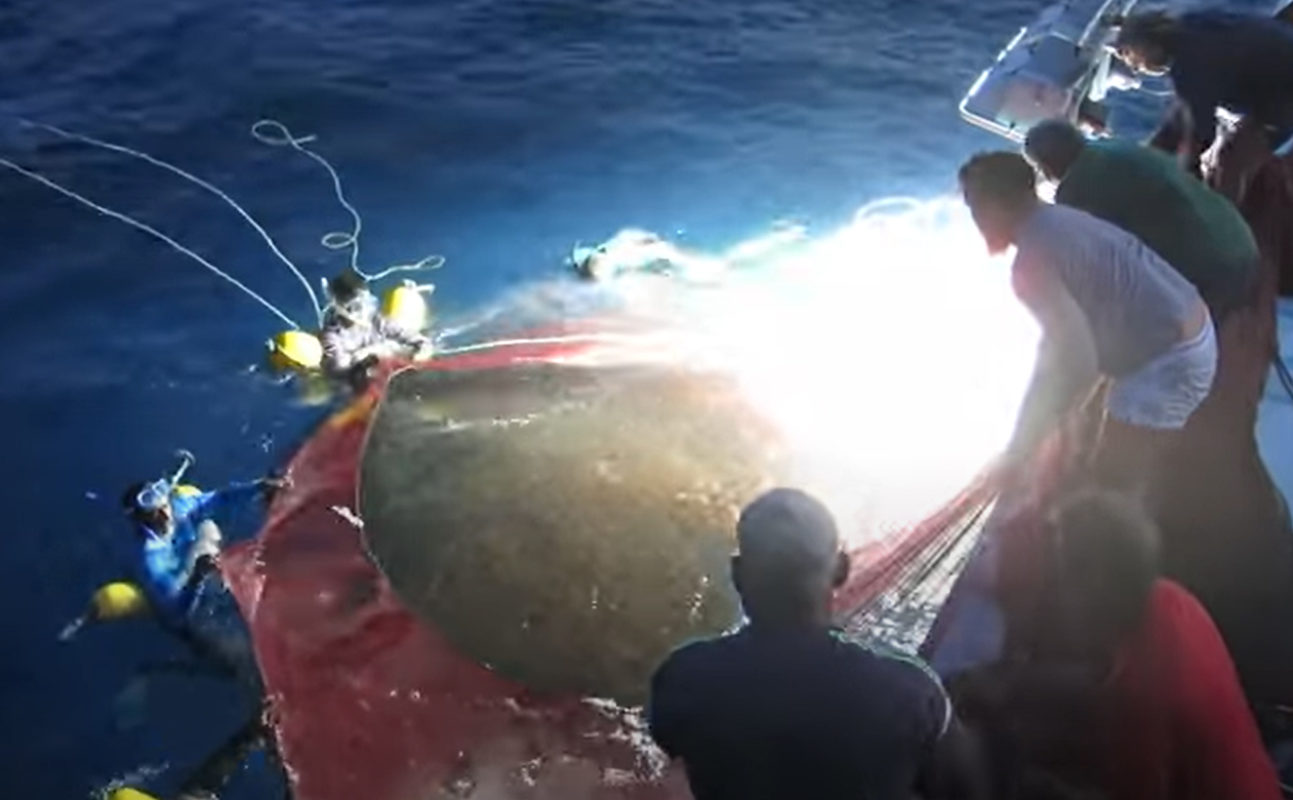
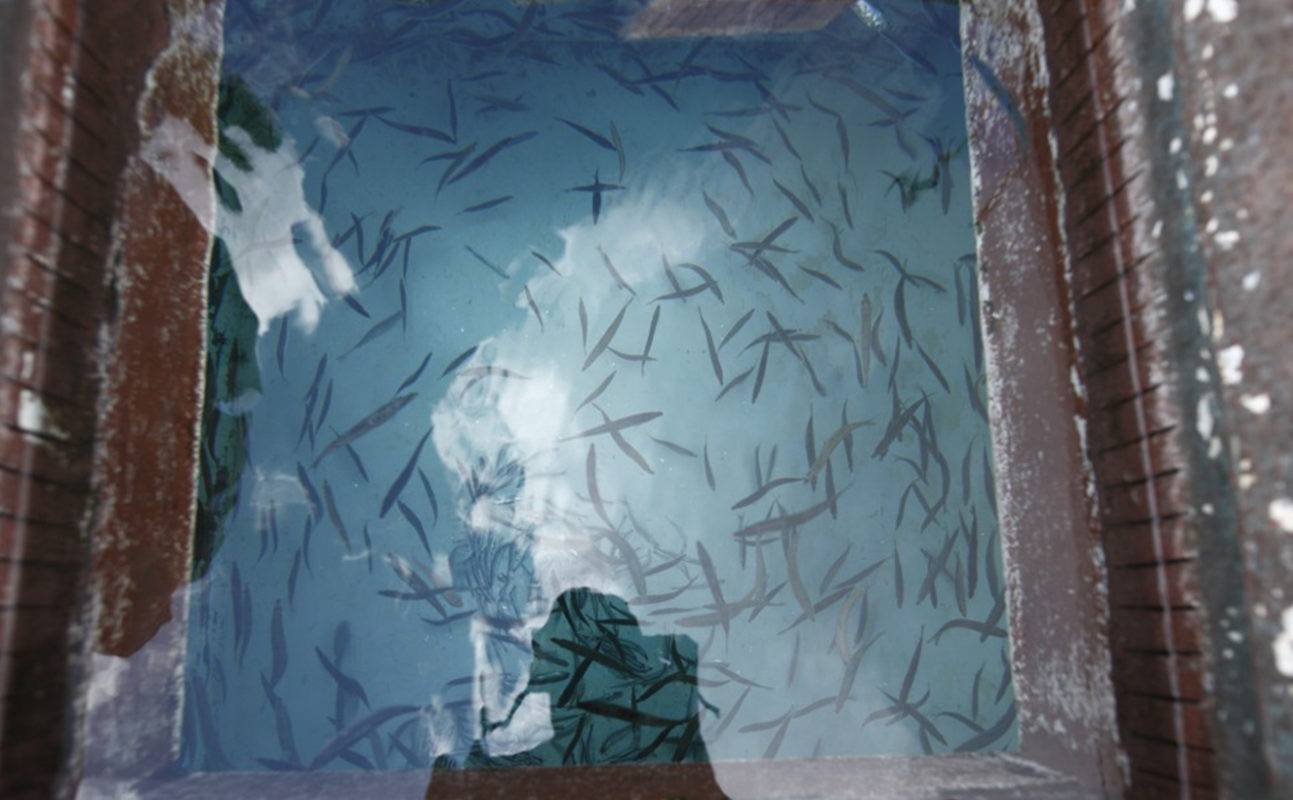
After setting sail at dawn, they watch the water with binoculars, looking for schools of tuna. As soon as they find a suitable sized school of fish, they turn off the boat’s engine and switch on the water sprayer. They throw the small fishes they have caught earlier into the water and use the sprayer to simulate the small schools of fish that serves as food for the tuna, attracting them to the boat. Another advantage of the sprayer is that it hides the fishermen from the fish.
Thanks to this method, tuna will bite anything they can see, including simple hooks.
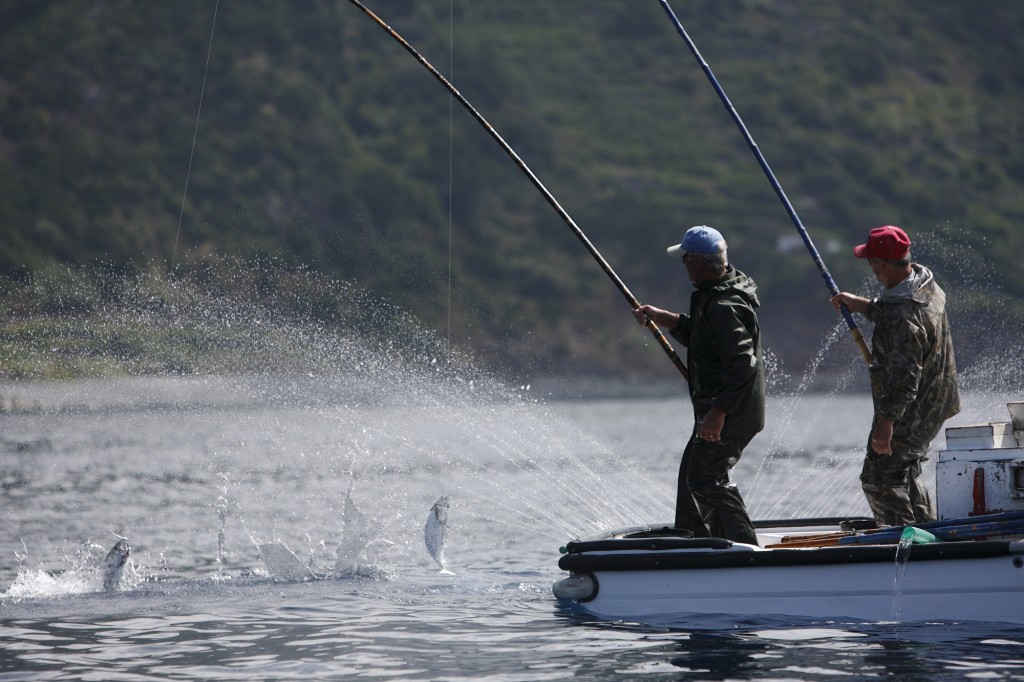
The fishing rod is usually made of wood (bamboo) or fibreglass.
The hook has no beard to catch the fish, so it comes off the hook easily after catching – the fish is less damaged and the fishing is easier and faster.
Fishermen sit at the back of the boat where, after a successful catch, the hooked fish is hauled over their heads onto the deck. The beardless hook allows them to throw it back almost immediately with the promise of another catch.
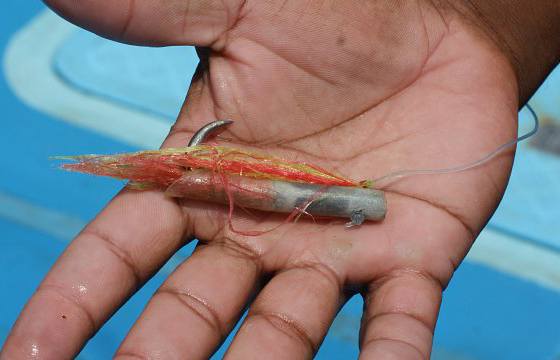
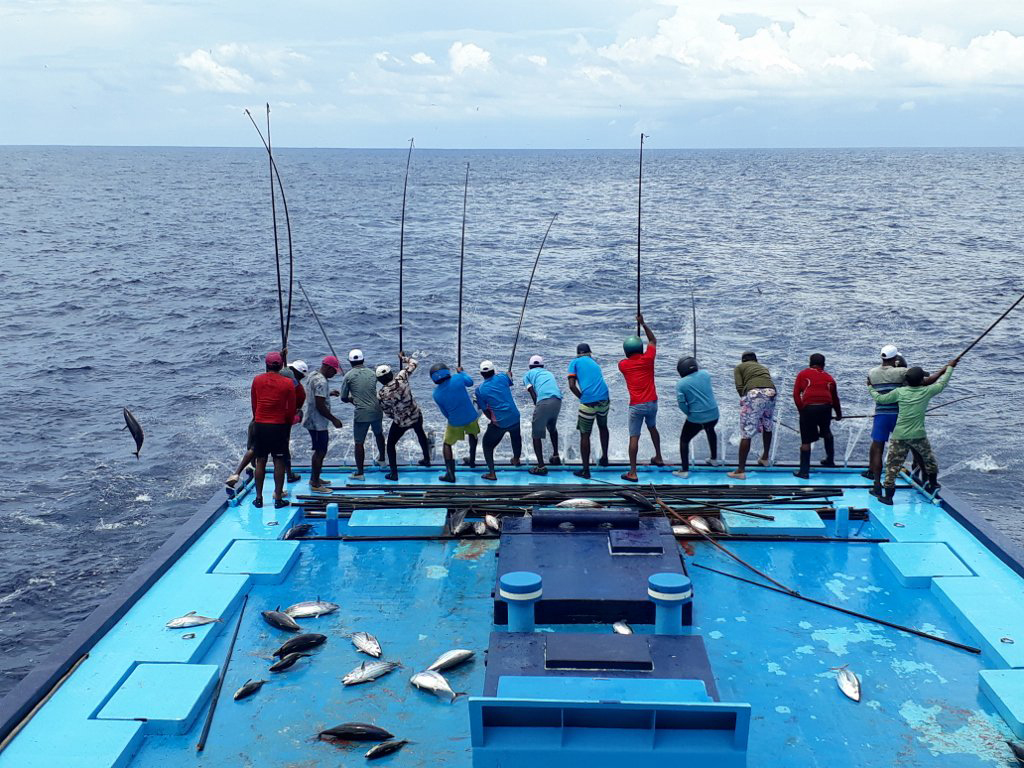
During fishing, it is possible to check the size and quality of the fish on board, so those that are not suitable can be thrown back into the water.
The benefits of Pole & Line fishing
- In contrast to large commercial fleets and trawling, smaller tuna fishing boats have the least impact on the environment.
- The Pole & Line fishing method allows fish to be selected, they do not come into contact with the seabed and therefore do not damage marine habitats.
- The most selective and sustainable method of fishing, it prevents the capture of endangered species. The number of unintentional catches with this method is practically zero, but thanks to the special hook, the fish is hardly damaged during the catch and can be returned to the water without any problems even in the case of an unintentional catch.
Not to mention the fact that this fishing method provides work and a living for many people.
The “Dolphin Friendly” status is monitored by the Earth Island Institute, which means that no dolphins are caught or harmed in the fishery.
The “Friend of the Sea” certification certifies the sustainability of the fishery by ensuring that fish are harvested responsibly, in areas where there is no stocking, and with minimal environmental impact.
